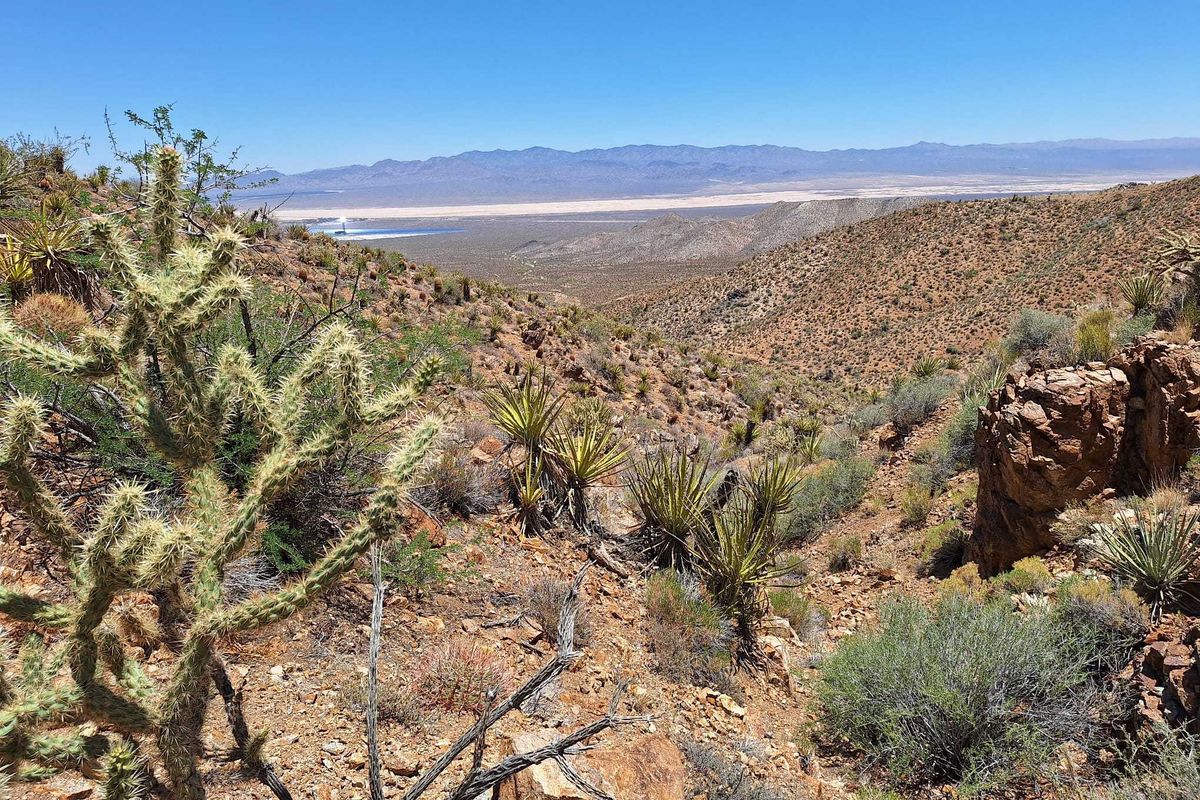Houston microgrid company scores $2.1M grant for hydrogen blending tech research
fresh funding
A Houston-based provider of electric microgrids has scooped up a $2.1 million grant from the California Energy Commission for development of technology aimed at reducing greenhouse gasses and other natural gas emissions.
Enchanted Rock shares the grant with the University of California Riverside, or UCR.
“This is an exciting opportunity to further advance the potential use of hydrogen fuel blends for commercialization and market adoption,” Thomas McAndrew, founder and CEO of Enchanted Rock, says in a news release. “We believe in using the cleanest fuel available without compromising on reliability or performance for our customers and are dedicated to helping California, and the nation, achieve its climate and energy goals.”
The use of a hydrogen and natural gas blend for fueling generators shows promise for reducing emissions and improving efficiency, according to Enchanted Rock. The company says the funding will enable it to identify the ideal blend of natural gas and hydrogen for operating a natural generator while improving performance and minimizing emissions.
As part of the grant, UCR’s College of Engineering-Center for Environmental Research and Technology (CE-CERT) will play a key role in measuring emissions and combustion performance. Meanwhile, Palomar College in San Marcos, California, will host a field demonstration site.
”Hydrogen is one of the ‘low-hanging fruit’ solutions to decarbonize our transportation system and other sectors where emissions are hard to abate, and it can serve as a zero-carbon green fuel for internal combustion off-road and highway engines,” says UCR professor Georgios Karavalakis.
Founded in 2006, Enchanted Rock specializes in electrical-resiliency-as-a-service for sectors such as health care, manufacturing, and government infrastructure. The company’s dual-purpose microgrids rely on natural gas and renewable natural gas to produce lower carbon emissions and air pollutants than diesel generators.
In December, Enchanted Rock said it had teamed up with U.S. Energy to supply renewable natural gas for Microsoft’s new data center in San Jose, California, during grid outages and when businesses are directed to reduce power usage.










